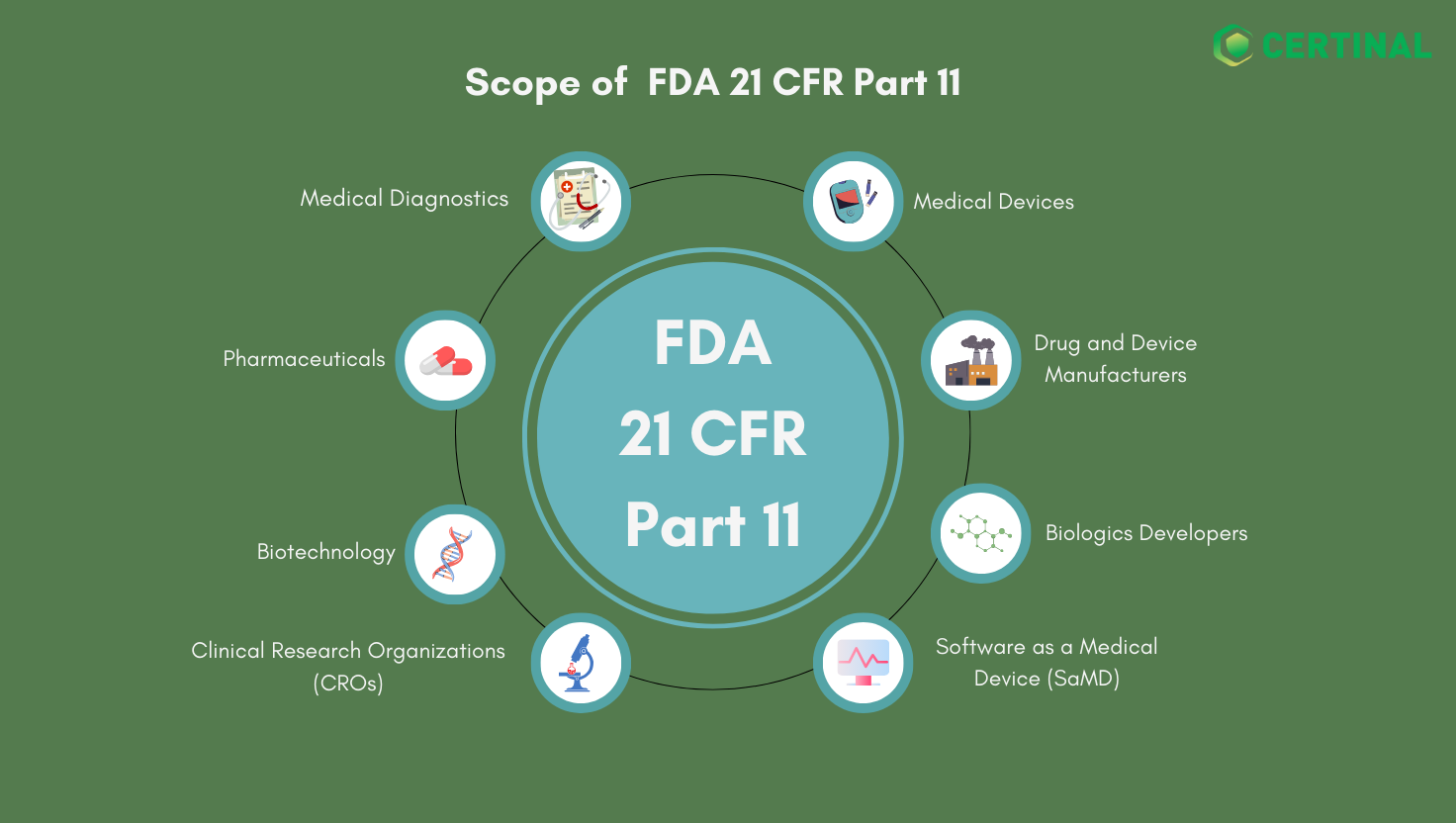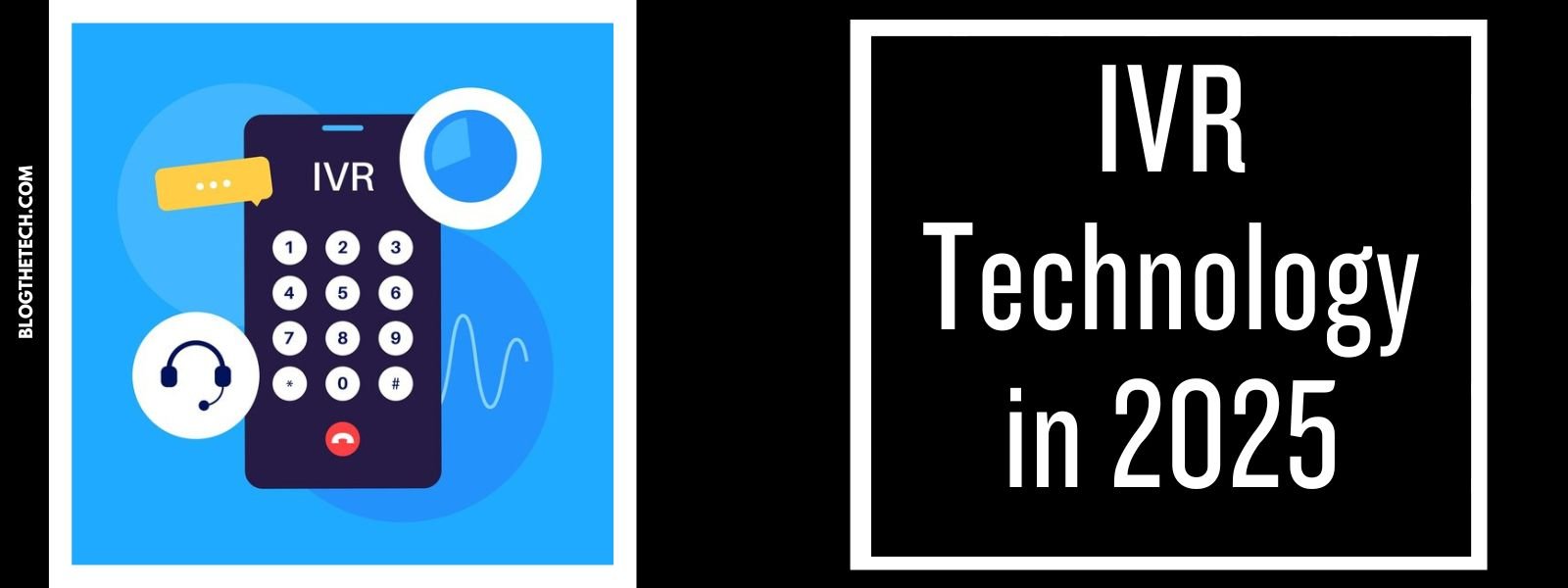Regulatory compliance has become cornerstone for industries like pharmaceuticals, biotechnology, and healthcare. The FDA’s 21 CFR Part 11 establishes critical requirements for electronic records and electronic signatures, ensuring they are as trustworthy as their paper counterparts. Compliance isn’t just a legal necessity—it’s a commitment to data integrity, operational efficiency, and stakeholder trust.
This guide explores the depths of 21 CFR Part 11, its impact, challenges, and how solutions like CertinaleSign can ensure seamless adherence through advanced features, including robust eSignature APIs.
What Is 21 CFR Part 11?
21 CFR Part 11, established by the U.S. Food and Drug Administration (FDA), governs electronic record and electronic signature in FDA-regulated industries. It ensures digital documents are as secure, reliable, and traceable as traditional paper records.
The regulation applies across life sciences, pharmaceuticals, and clinical research, addressing the growing adoption of digital tools in regulated environments.
Core Requirements of 21 CFR Part 11
- Electronic Records
Electronic records must be secure, tamper-proof, and retrievable in human-readable formats for inspections or audits. For example, clinical trial data stored digitally must ensure authenticity throughout its lifecycle.
- Electronic Signatures
Electronic signatures must meet stringent requirements, including:
- Unique Attribution: Each signature must be uniquely linked to the signer.
- Verification:Robust authentication processes ensure the signer’s identity.
- Accountability: Signatures must be protected from tampering or misuse.
- Audit Trails
Audit trails track changes to electronic records, capturing timestamps, user IDs, and actions performed. These logs ensure transparency and compliance during FDA audits.
- System Validation
Systems managing electronic records and signatures must undergo rigorous validation, confirming their reliability and ability to perform consistently under varying conditions.
Why Compliance Matters
Compliance with 21 CFR Part 11 is vital for ensuring product safety, regulatory approval, and operational integrity. Beyond avoiding fines or product recalls, adhering to these regulations strengthens market credibility.
Benefits of Compliance:
- Regulatory Readiness: Ensure preparedness for FDA inspections.
- Operational Efficiency:Eliminate manual processes with secure digital workflows.
- Data Security: Protect sensitive information from unauthorized access.
How Modern Solutions Address Compliance
Advanced electronic signature solutions, such as CertinaleSign, simplify compliance with 21 CFR Part 11 by integrating cutting-edge technologies like APIs. These APIs play a pivotal role in embedding compliant electronic signature workflows directly into existing systems, such as ERP, CRM, or LIMS platforms, ensuring seamless functionality without disrupting operations. For example, APIs enable automated audit trails, robust authentication, and tamper-proof document handling, essential for maintaining compliance.
Common Challenges in Achieving Compliance
- Complexity of Requirements
Interpreting and implementing technical and procedural requirements can be overwhelming, especially for organizations transitioning from paper-based systems.
- System Integration
Embedding compliant eSignature systems into existing workflows requires scalable, customizable solutions that can adapt to unique organizational needs. This is where API-powered platforms prove invaluable, allowing businesses to integrate compliance-ready tools without overhauling their infrastructure.
- User Adoption
Training employees and ensuring adoption of new processes is critical. Simplified, API-enabled workflows reduce friction, making compliance easier for all stakeholders.
Practical Steps to Ensure Compliance
- Perform a Gap Analysis:
Assess current systems and workflows for compliance gaps.
- Leverage eSignature APIs:
Use platforms like CertinaleSign to integrate secure and compliant workflows into existing systems, ensuring traceability and control.
- Develop SOPs:
Create standard operating procedures outlining electronic signature usage and validation processes.
- Employee Training:
Educate teams on the importance of compliance and how to use the tools effectively.
- Monitor and Audit Regularly:
Conduct periodic internal audits to identify and mitigate potential compliance risks.
CertinaleSign: Your Compliance Partner
CertinaleSign provides a comprehensive solution for achieving and maintaining 21 CFR Part 11 compliance. Its advanced features, such as secure authentication, automated audit trails, and encryption, ensure seamless adherence to FDA regulations. Through its eSignature API, Certinal enables organizations to embed electronic signature functionalities directly into their enterprise systems. This integration ensures real-time validation, document security, and scalability, all while reducing the complexity of compliance.
For example, a pharmaceutical company can use Certinal’s API to streamline signature approvals for clinical trial reports, batch records, and regulatory submissions, ensuring every signature is validated, auditable, and compliant from start to finish.
Conclusion
Achieving 21 CFR Part 11 compliance isn’tjust about meeting regulatory requirements—it’s about fostering a culture of integrity and efficiency. Platforms like CertinaleSign, with their compliance-ready features and API integrations, empower organizations to streamline operations while maintaining strict adherence to FDA standards.
By leveraging these technologies, businesses can confidently transition to digital workflows, safeguard data integrity, and ensure regulatory readiness. Ready to make compliance effortless? Contact Certinal today for a tailored solution to your compliance needs.





